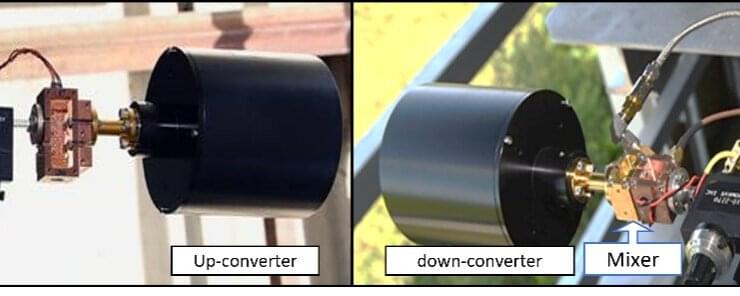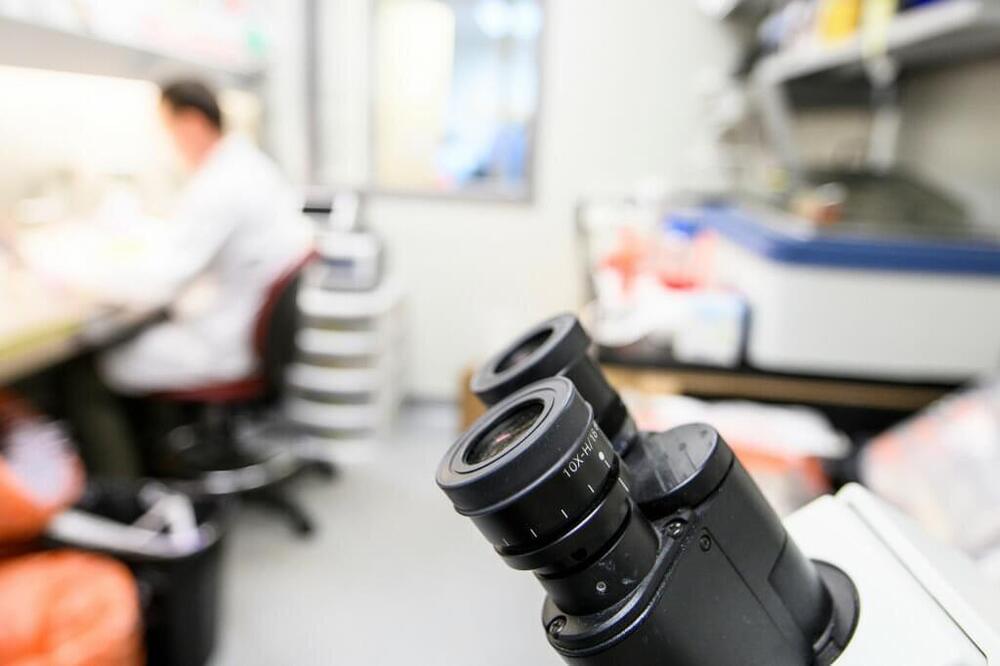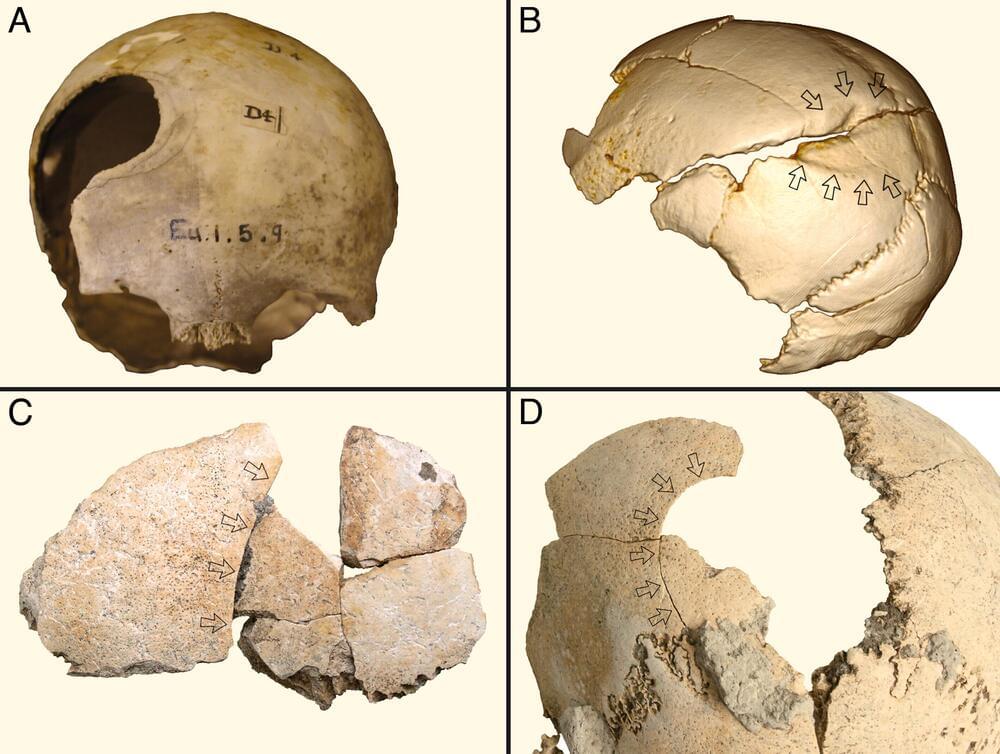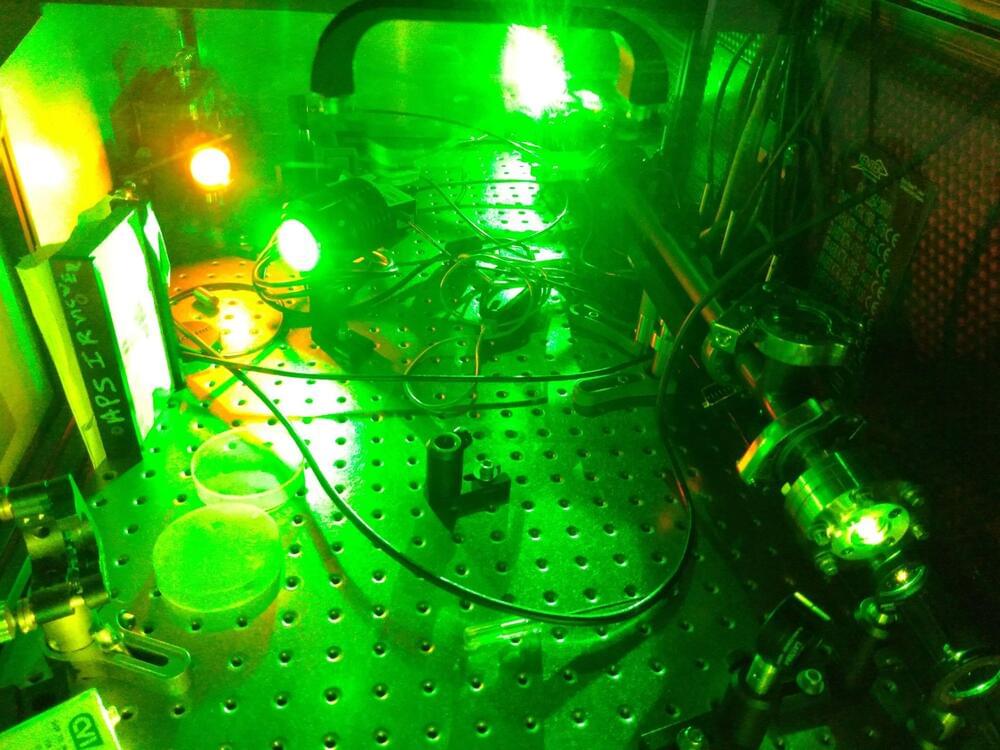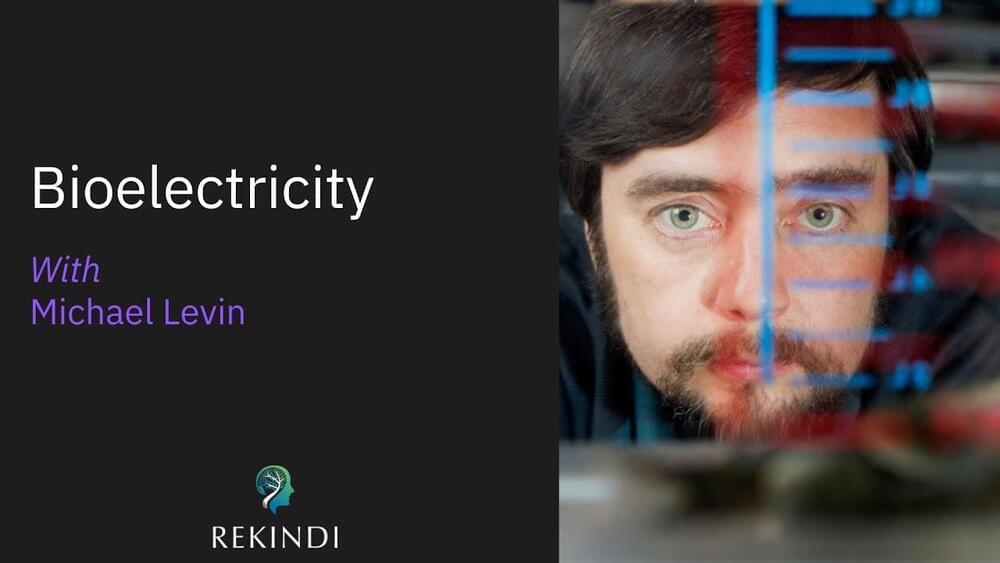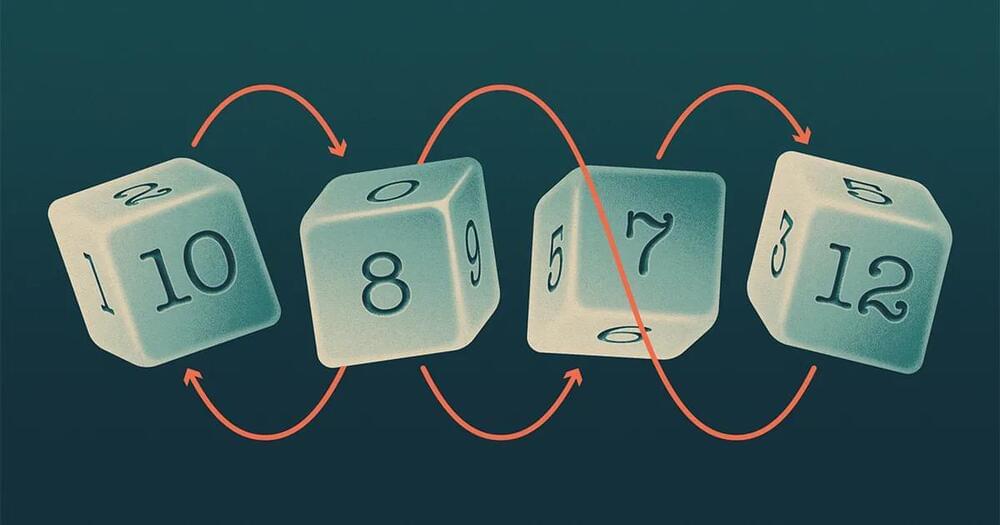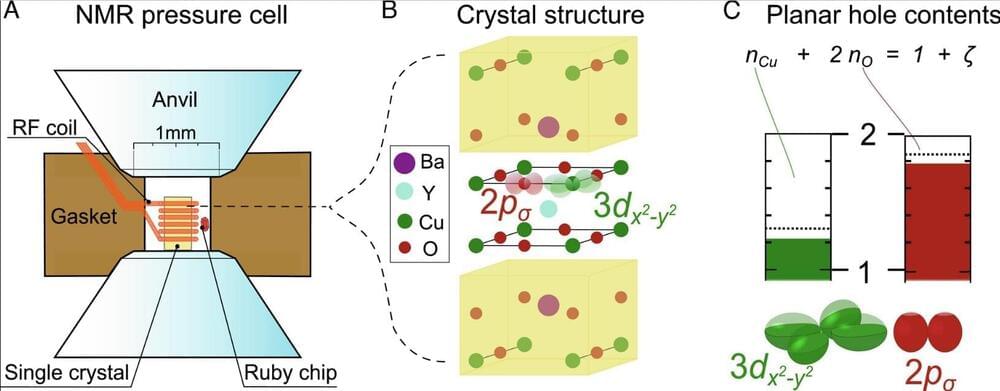Jan 19, 2023
A system to enable multi-kilometer and sub-terahertz communications at extremely high frequency bands
Posted by Saúl Morales Rodriguéz in categories: computing, internet
After the introduction of the fifth-generation technology standard for broadband cellular networks (5G), engineers worldwide are now working on systems that could further speed up communications. The next-generation wireless communication networks, from 6G onward, will require technologies that enable communications at sub-terahertz and terahertz frequency bands (i.e., from 100GHz to 10THz).
While several systems have been proposed for enabling communication at these frequency bands specifically for personal use and local area networks, some applications would benefit from longer communication distances. So far, generating high-power ultrabroadband signals that contain information and can travel long distances has been challenging.
Researchers at the NASA Jet Propulsion Laboratory (JPL), Northeastern University and the Air Force Research Laboratory (AFRL) have recently developed a system that could enable multi-gigabit-per-second (Gbps) communications in the sub-terahertz frequency band over several kilometers. This system, presented in a paper in Nature Electronics, utilizes on-chip power-combining frequency multiplier designs based on Schottky diodes, semiconducting diodes formed by the junction of a semiconductor and a metal, developed at NASA JPL.
